Mississauga lost and forgotten neighbourhood of Summerville
Published December 3, 2022 at 7:03 am

The small village of Summerville, originally called Silverthorn’s or Silverthorn’s Mill, was situated along Dundas Street at the Etobicoke Creek, on both sides of what is the modern border of Mississauga and Etobicoke.
The first settlers in the vicinity began to arrive prior to 1810, and among them were the loyalist families of Custead, Markle, Robinett, Silverthorn and Wilcox, amongst many others.
The little community soon developed into a bustling business centre, based largely on the enterprises of John Silverthorn. He had opened a blacksmith shop by 1816, and in the 1820s established a grist and saw mill on the Etobicoke Creek.
John also cleared a given road that connected his mills with Dundas Street and with Burnhamthorpe Road, thus allowing local farmers easier access to his enterprise and to the burgeoning village. The little community was officially named Summerville when the Post Office opened on July 6, 1851.
In 1818, Thomas Silverthorn opened the “Wayside Inn” on the northeast corner of what is today Southcreek Road and Dundas Street.
Another hotel, known as the “Stone Tavern”, opened in the 1830s and was operated by William O’Brien. Despite lacking a license to sell alcohol, O’Brien’s Inn was a thriving stagecoach stop. On the south side of Dundas Street, was carriage factory run by Robert Dorsey, and later by James Sabison. Beside that was a cooper shop and chair factory operated by Umbleby and Downey.
By the mid-1850s, Summerville boasted two blacksmith shops, the Silverthorn grist and saw mill, two taverns, two nearby schools, a Methodist Church, a carriage works, a general store and a population of about 100.
In 1867, just west of the creek and north of Dundas, Isaac Wilcox added a substantial blacksmith shop. In 1907 Robert Parton bought the blacksmith shop and operated it until 1958, when its anvils were silenced.
Over time, Summerville began to decline and disappear, leaving little in the way of visible reminders of its existence on the modern landscape.
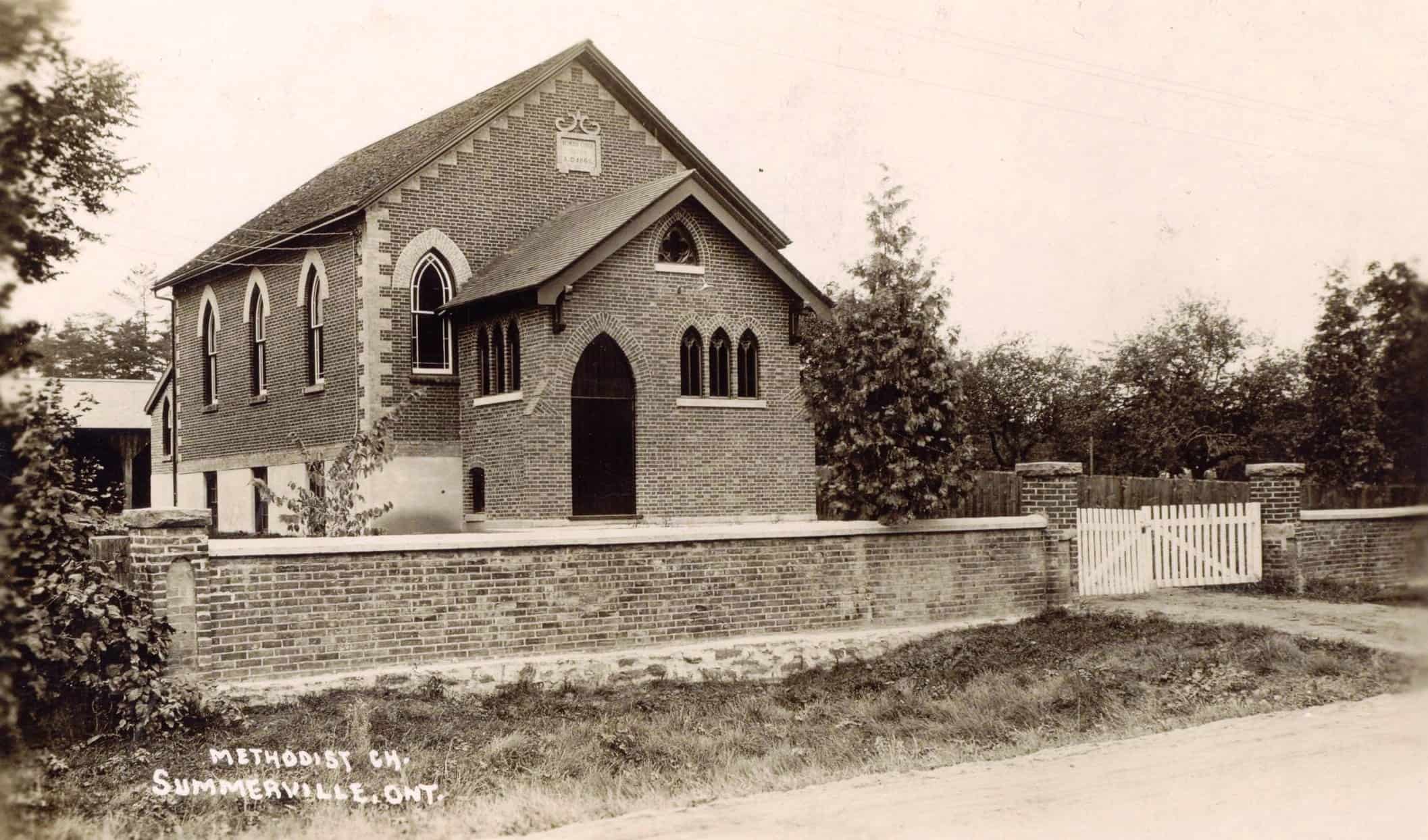
Bethesda Methodist Church – Summerville, c1900
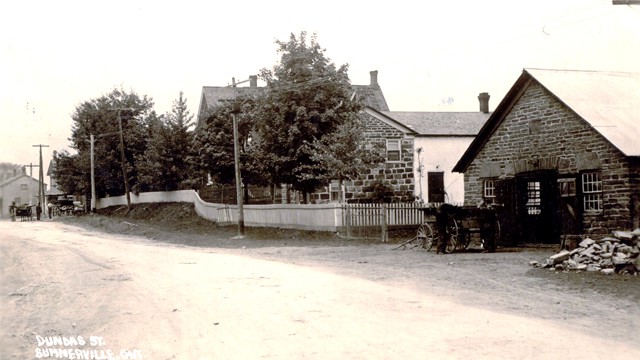
Dundas Street, looking west – Summerville, c1910
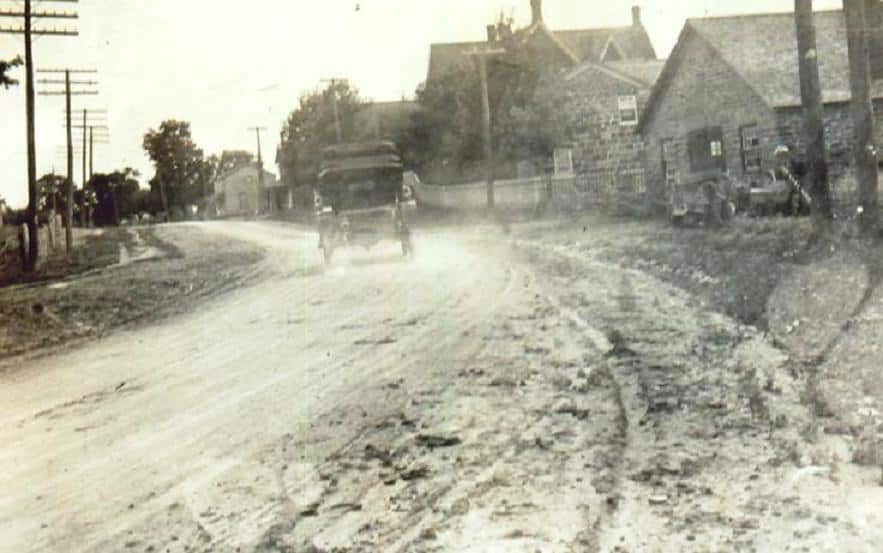
Dundas Street, looking west, Summerville, c1920
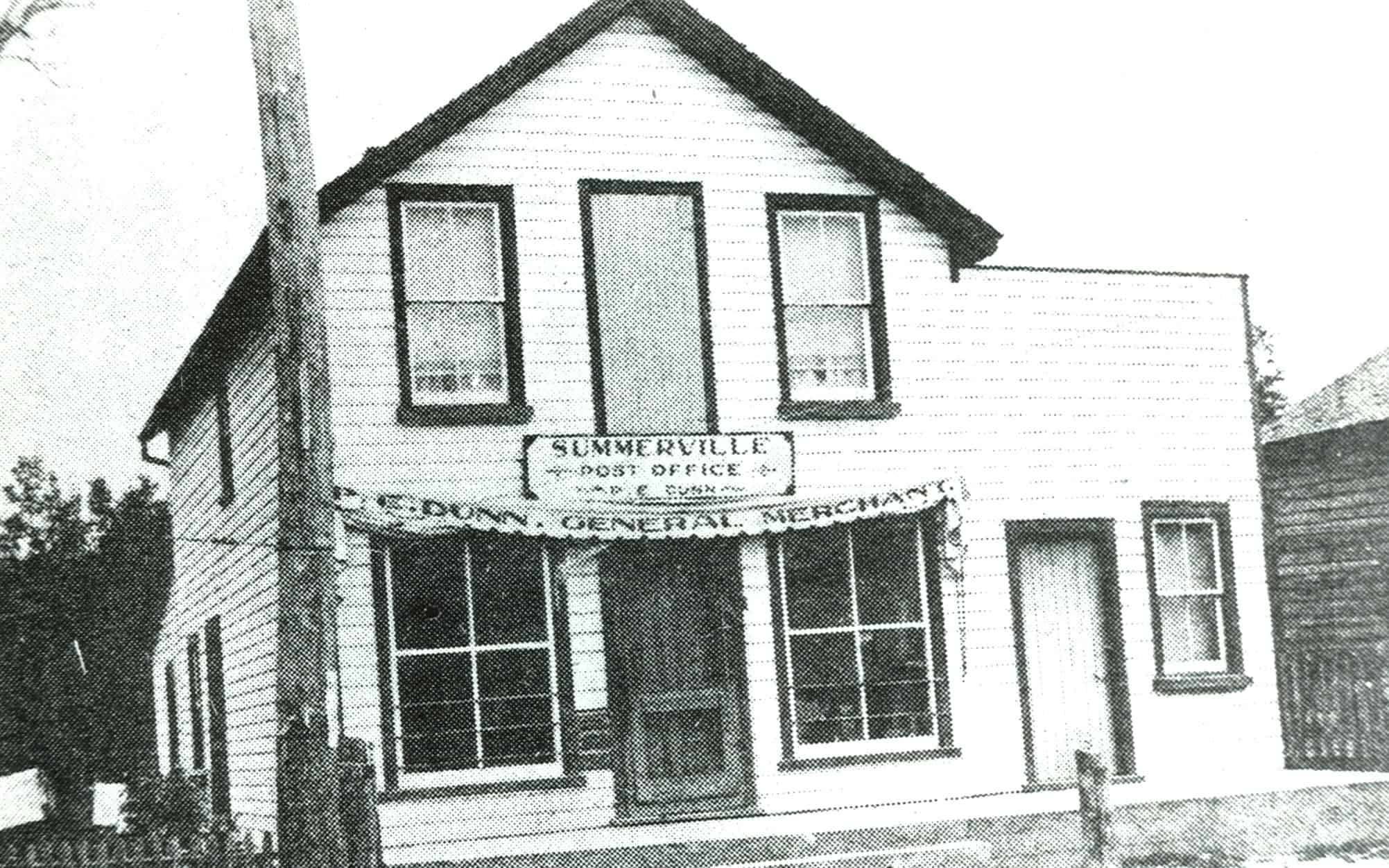
Dunn’s Store and Post Office – Summerville, c1920
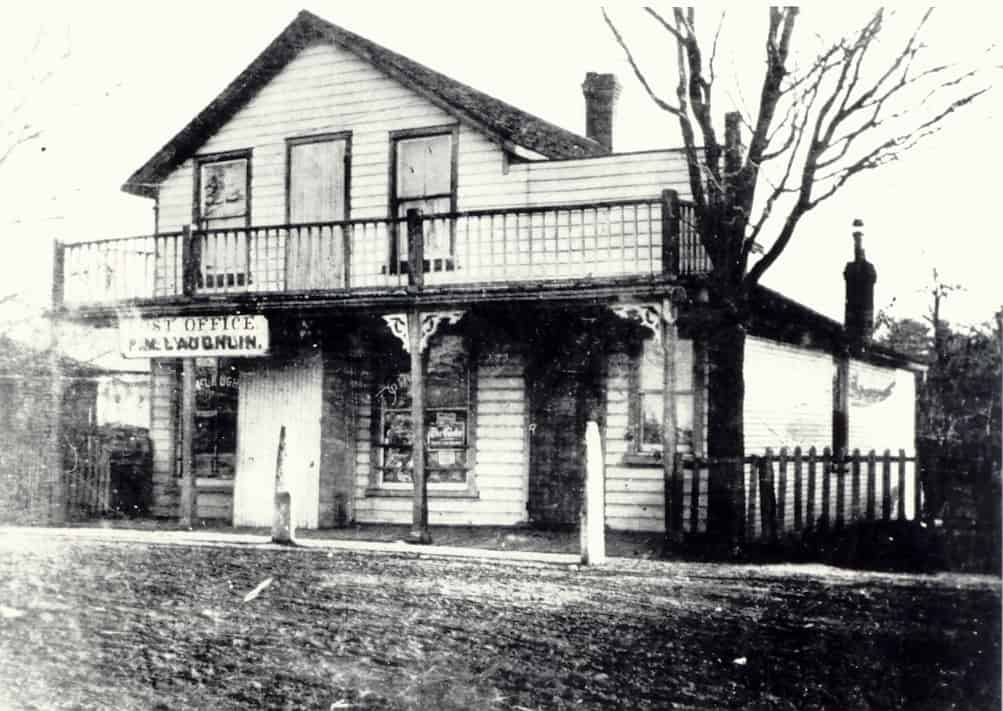
McLaughlin’s General Store and Post Office, Summerville, c1900
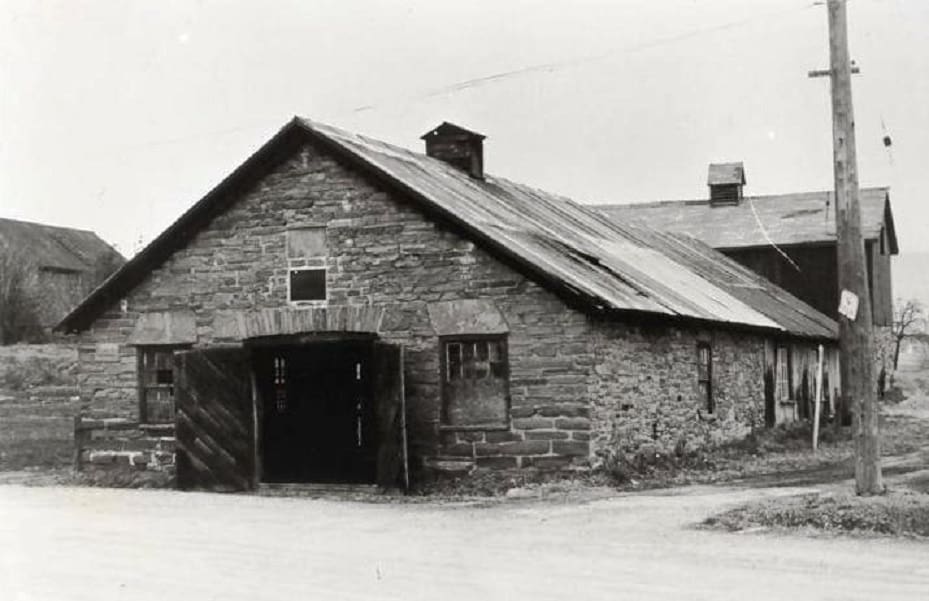
Parton’s Blacksmith Shop – Summerville, c1920
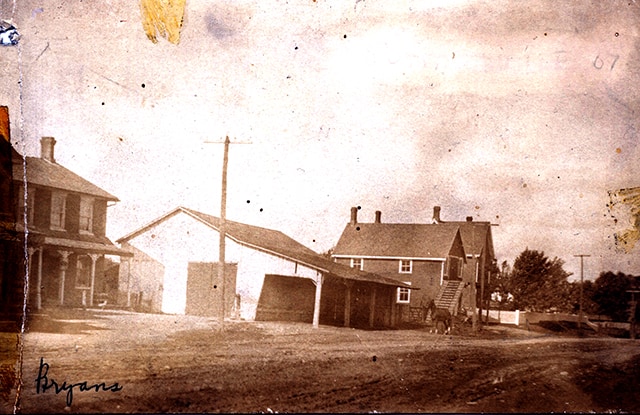
Summerville – Dundas Street, looking west, south side, Sabiston’s Carriage Shop on right, c1910
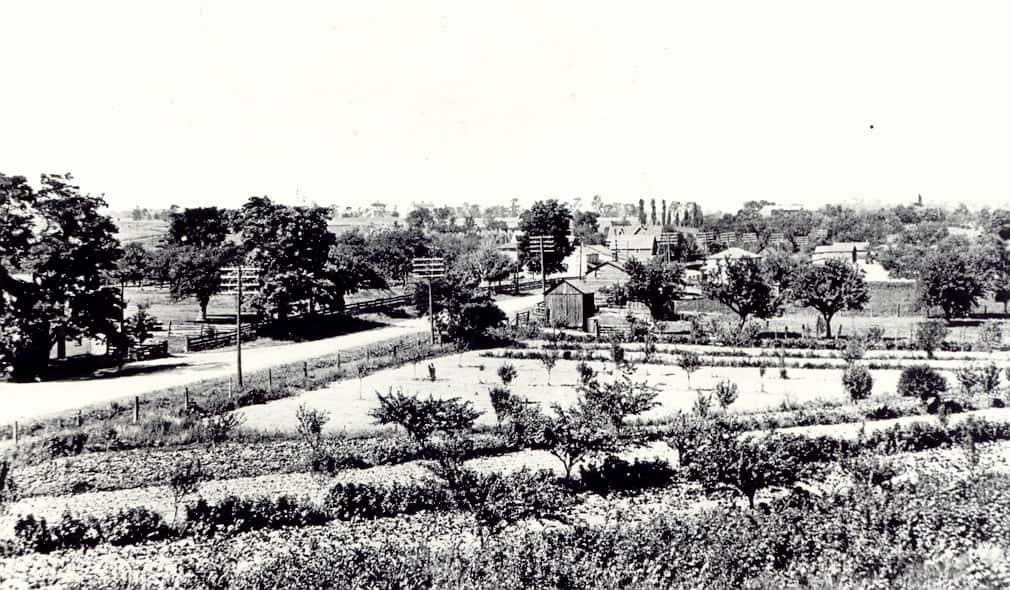
Summerville View, looking west along Dundas Street, c1910
All images are courtesy of Heritage Mississauga.
insauga's Editorial Standards and Policies advertising





